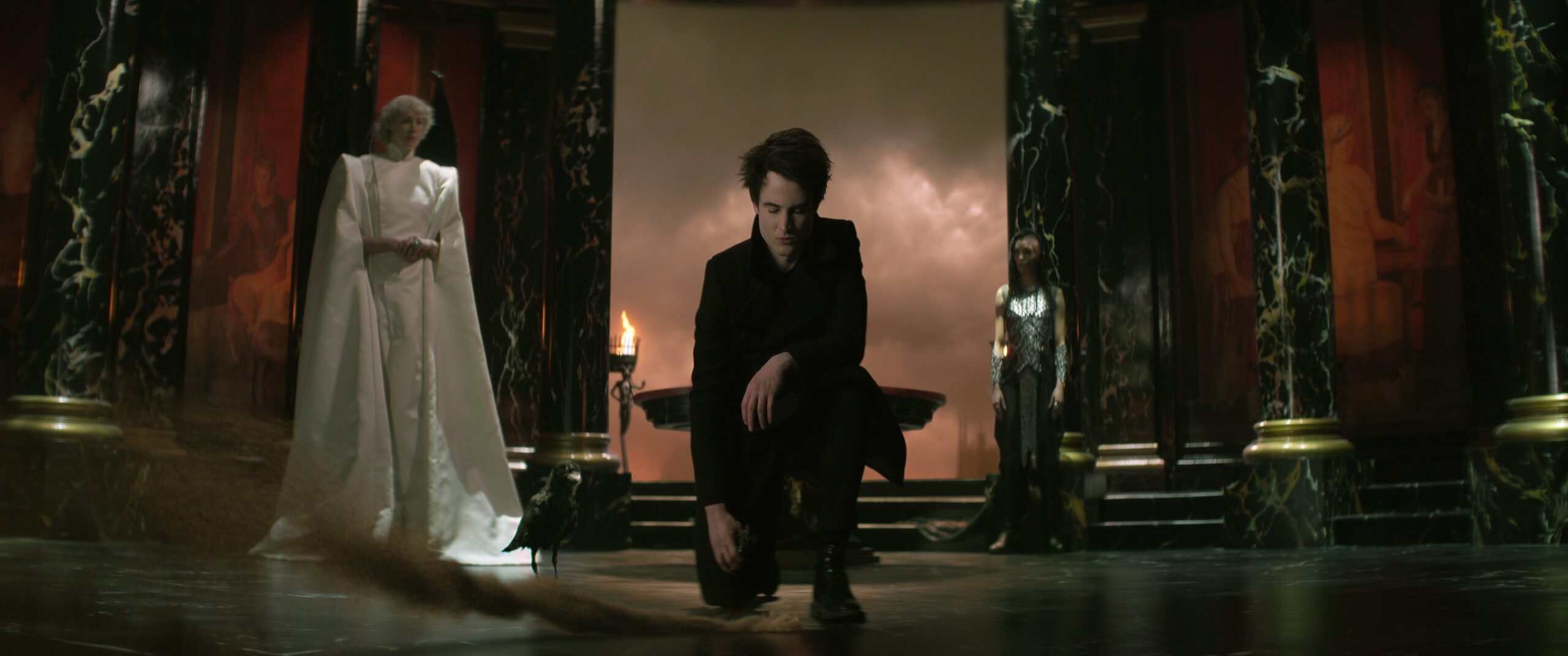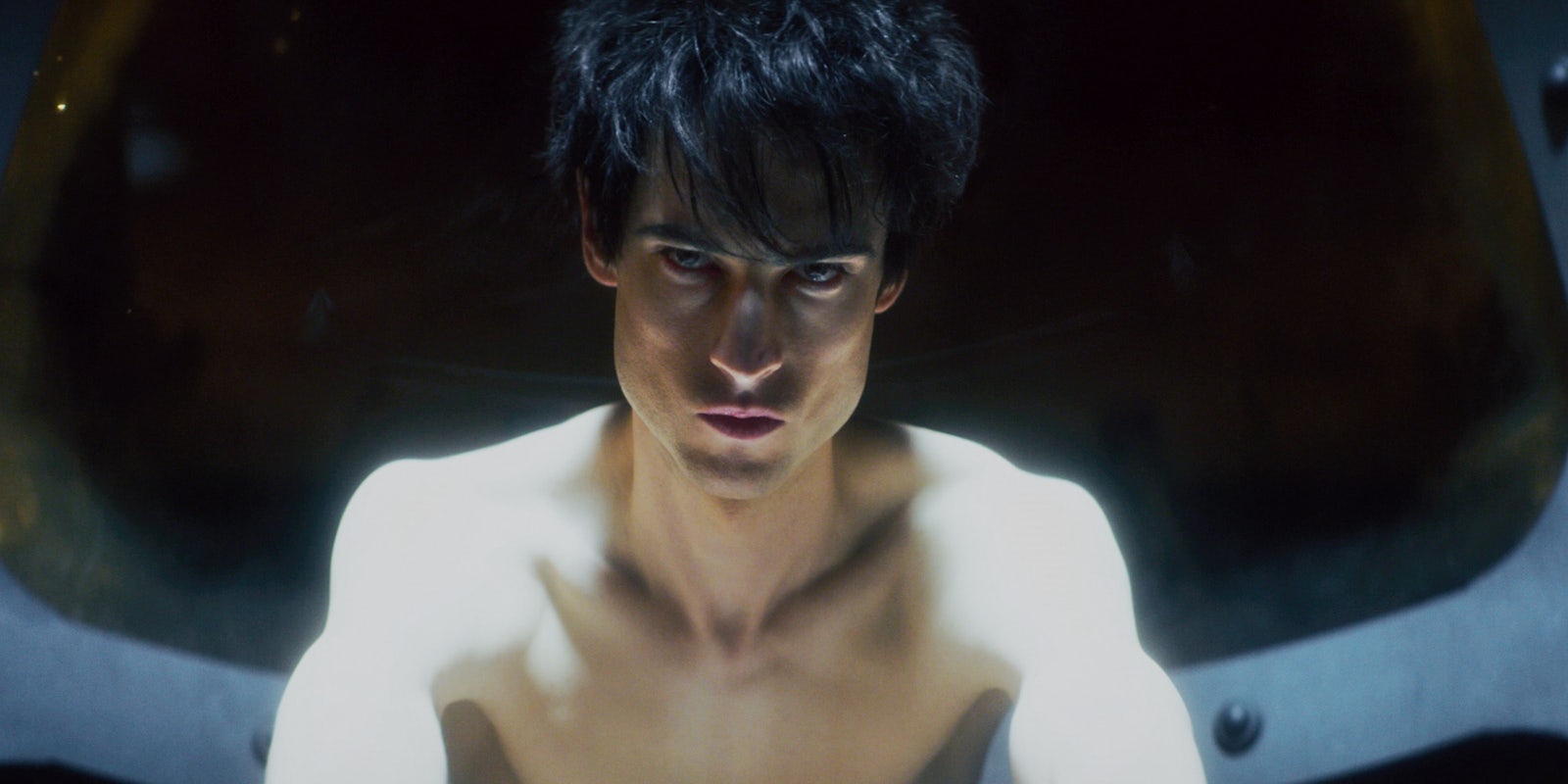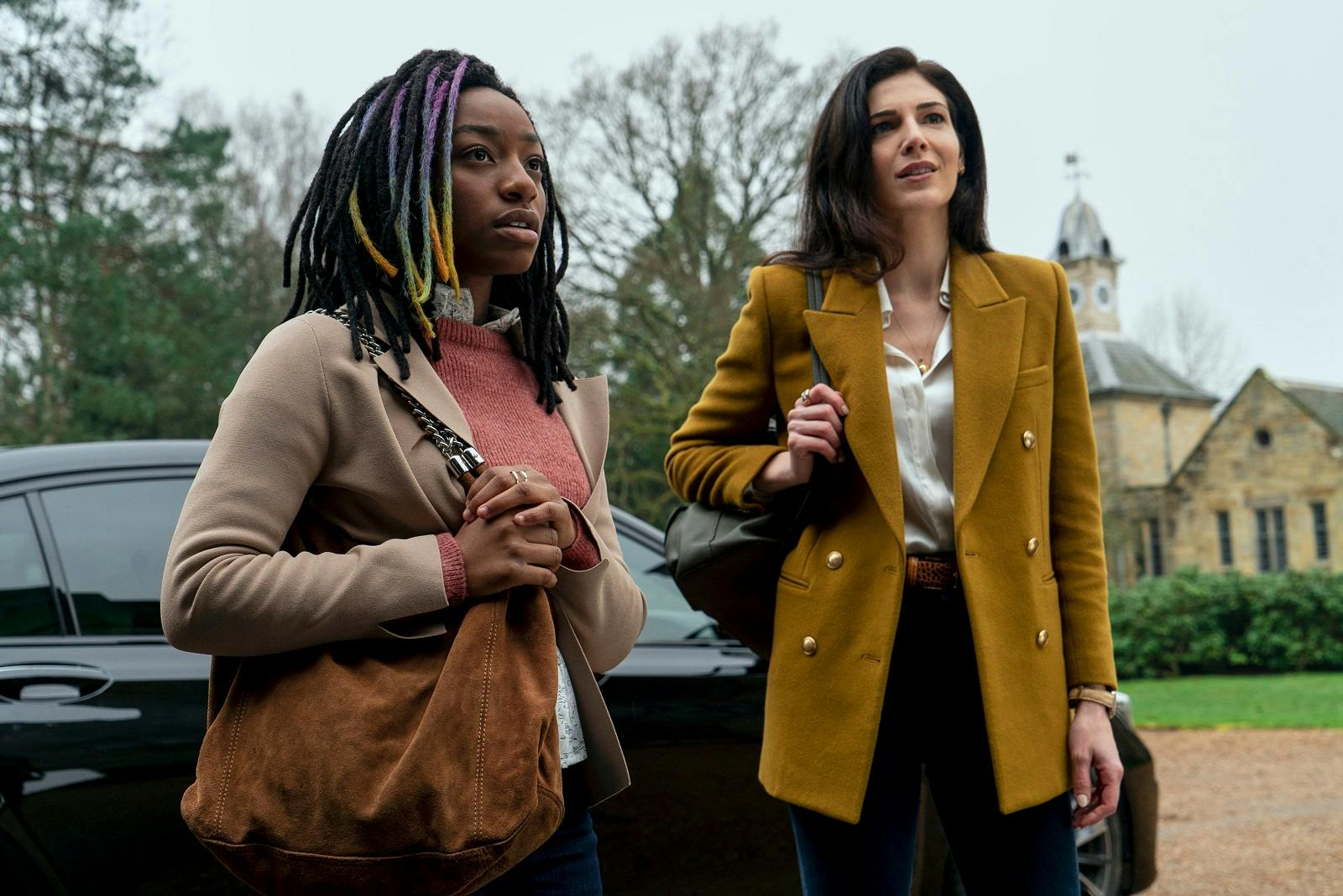The Sandman comics are closer to an anthology than a traditional, protagonist-focused narrative, meandering through a sequence of vaguely-related vignettes. As such, the 12-volume series is notoriously difficult to adapt for the screen. And while TV is a better format than film (something Warner Bros. fruitlessly attempted for 20 years), this Netflix adaptation immediately runs into a major problem: Casting. Rather than being an awe-inspiring otherworldly entity, Tom Sturridge’s Sandman comes across as… Just Some Guy.
Creators: Neil Gaiman, David S. Goyer, Allan Heinberg
Streaming: Netflix
Adapting the first two volumes of the iconic ‘Sandman’ comics, this fantasy/horror series is a mixed bag. With unimaginative visuals and some teething problems in early episodes, the show struggles to recreate the eerie mysticism of the source material—but succeeds when it focuses on small-scale human stories.
In the comics, Morpheus (aka the Sandman) is a looming figure of heightened gothic power, typically clad in a swirling black robe. He rules over the realm of dreams, motivated by whims and duties that mortals cannot hope to understand. This level of screen presence is impossible to execute without an exceptionally compelling (and weird-looking) actor, and Sturridge isn’t that. His overall vibe is “posh guy in an indie band,” hamstrung by some distinctly clumsy writing in early episodes.
Fortunately, things get better when the show switches focus to other characters, beginning with a psychological thriller bottle-episode starring David Thewlis as the manipulative criminal John Dee.

Created by writer Neil Gaiman and a series of artists including Jill Thompson and Sam Kieth, the Sandman comics weave a sprawling horror/fantasy narrative, featuring a massive cast of human and supernatural characters whose lives intertwine with the Lord of Dreams. The worldbuilding draws from classic mythology, occultism, and DC Comics lore, and the tone ranges from whimsical to grotesque.
With Gaiman sharing a development credit with screenwriters Allan Heinberg (Wonder Woman) and David S. Goyer (The Dark Knight), Netflix’s Sandman is a fairly close adaptation—albeit with a more diverse cast than the comic. (Most of the race-bent or gender-flipped characters go off without a hitch, with the exception of Jenna Coleman’s disappointingly forgettable Johanna Constantine. She’s barely recognizable; far neater and more competent than the angry punk/noir persona of the original)
As in the comics, we begin with Morpheus being kidnapped and held captive by a greedy magician, leaving Dreamland without a ruler. When Morpheus escapes he must deal with the fallout. From here on, the narrative is split between Morpheus’ life as the Lord of Dreams, and a series of self-contained stories about human characters in the real world.
Some of these subplots work very well, such as the tale of Rose Walker, a young woman who befriends an eccentric community of neighbors while searching for her missing brother. Kyo Ra is wonderfully warm and likable as Rose, paired with better-known actors like Stephen Fry and John Cameron Mitchell. The show also does a great job with my personal favorite mini-story, Dream’s friendship with the immortal Englishman Hob Gadling (Ferdinand Kingsley). But when it comes to the more surreal or fantastical material, Sandman’s creative team clearly isn’t up to the task.
This discrepancy makes sense. Characters like Rose Walker and John Dee exist within conventional narratives, in settings like diners and apartment buildings. Meanwhile, Morpheus and his siblings—Death, Desire, Despair, etc.—are mythic figures who thrive on atmosphere, which is much harder to execute onscreen.
In order for Sandman to do justice to its source material, it needed two things: Ambitious visual storytelling and a strong directorial emphasis on horror. Not just in terms of gore (which is present both in the comic and the show), but in creating a sense of eeriness and supernatural dread.
None of that is apparent here, because at the end of the day, Sandman is just another Netflix genre show. Like Umbrella Academy, it’s full of murky VFX shots with random vignetted corners and digitally-emphasized light sources. Very little of it is genuinely creepy or immersive, and far too much is explained through direct exposition. Some of the supporting actors are stilted and corny, in roles that ought to be more serious or hold more thematic weight. So while there was a certain nostalgic pleasure in revisiting the stories of Hob Gadling and Rose Walker, I suspect this show is better suited to new viewers than diehard fans of the Sandman comics.
In fairness, we were prepared for this outcome. A truly high-quality Sandman adaptation was always going to be a tall order.



